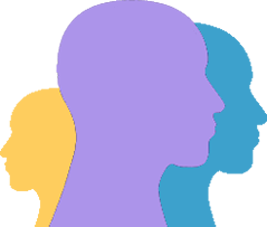Cerebral palsy
Cerebral palsy is a common physical disability of childhood and considered a group of disorders that affect a person's ability to move and to maintain balance and posture. The disorders appear in the first few years of life. Usually, the symptoms do not get worse over time. CP has an estimated prevalence of about 1 in 500. The diagnosis of CP relies on clinical features and standardized motor assessments. The causative factors of CP differ.
People with cerebral palsy may have difficulty walking. They may also have trouble with tasks such as writing or using scissors. Some have other medical conditions, including seizure disorders or mental impairment. Cerebral palsy happens when the areas of the brain that control movement and posture do not develop correctly or get damaged.
Babies with cerebral palsy are often slow to roll over, sit, crawl, smile, or walk. Some babies are born with cerebral palsy; others get it after they are born. There is no cure for cerebral palsy, but treatment can improve the lives of those who have it. Treatment includes medicines, braces, and physical, occupational and speech therapy.
The WHO has established an ICF core set for CP. The core set is in use in different countries with different results. Schiariti et all 2018
The
ICD G 80.9
Autosomal dominant mental retardation-18
The name of this condition comprises GATAD2B ‘syndrome’ or GAND as well as ‘severe intellectual disability-poor language-strabismus-grimacing face-long fingers syndrome’.
The cause is a loss...
Can be an early sign of developmental disabilities, or may be caused by short-lived issues, such as a speech delay being caused by hearing loss from...
